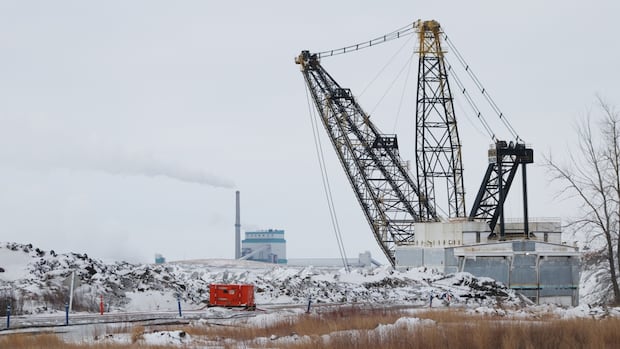Canada’s economy shrank 0.2% in February, but signs point to growth in March: StatsCan
Statistics Canada says the Canadian economy shrank in the month of February, but declines might not last long, as early signs for March point to moderate GDP growth.
The agency says real gross domestic product decreased 0.2 per cent in February. This follows previous growth in the month of January of 0.4 per cent overall.
While goods-producing industries pulled the economy up in January, Statistics Canada says it saw a decline of 0.6 per cent overall for February. The mining, quarrying, and oil and gas extraction sector in particular saw the steepest decline, of 2.5 per cent.
Service-producing industries also dipped by 0.1 per cent overall, Statistics Canada says. Construction contracted for the first time in four months to 0.5 per cent, while the real estate, rentals and leasing sector dropped 0.4 per cent as well.
Statistics Canada says 12 of the country’s 20 industrial sectors saw declines in February.

But the manufacturing sector bucked the trend — that industry saw a 0.6 per cent rise in February. The finance and insurance sector rose for a third consecutive month, too, according to the agency, by 0.7 per cent, which helped offset some of the overall decrease.
Advanced information from Statistics Canada indicates that real GDP increased by 0.1 per cent last month. The agency says the annualized growth rate for the first quarter of 2025 based on the March flash estimate is 1.5 per cent.
The agency added that winter storms that hit central and Eastern Canada as well as British Columbia contributed to slowdowns, especially in the transportation and warehouse sector, which saw a 1.1 per cent drop.
Douglas Porter, chief economist at BMO Financial Group, said bad weather — not tariff uncertainty — can be blamed for much of the February dip.
“The rebound in March reinforces the point that much of February’s drop was weather-related and not really a sign that the economy was buckling due to trade uncertainty,” he said.
He said attention will now turn to the year’s second quarter, when fallout from the trade war with the U.S. will come into clearer view. Any growth in the second quarter would come as a surprise to him, Porter said.
Michael Davenport, senior economist at Oxford Economics, said the global trade war is expected to push Canada’s economy into a recession beginning in the second quarter.
“The Liberal election win means significant new fiscal stimulus is on the way, but it won’t begin to support the economy until [the second half of the year], and we don’t think it will be enough to prevent a downturn,” he said.
American GDP also slumps
The U.S. economy shrank at a 0.3 per cent annual pace from January through March, the first drop in three years, as U.S. President Donald Trump’s trade wars disrupted business.
First-quarter growth was slowed by a surge in imports as companies in the United States tried to bring in foreign goods before Trump imposed massive tariffs.
This comes after a 2.4 per cent gain at the end of 2024, the U.S. Commerce Department said.
Many economists said Trump’s massive import taxes will hurt growth in the second half of the year and that recession risks are rising.
“We think the downturn of the economy will get worse in the second half of this year,” wrote Carl Weinberg, chief economist at High Frequency Economics. “Corrosive uncertainty and higher taxes … will drag GDP growth back into the red by the end of this year.”
Claire Fan, senior economist at RBC, said the slump south of the border “will continue to spill over and negatively impact Canada” going forward, even if the direct impact from tariffs might be relatively contained.

